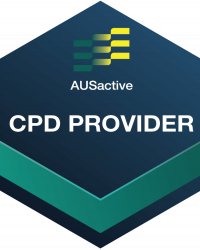Reformer Repertoire
Knee Stretch Series:
Knee Stretch Reverse
Alternate Names
Cat, Reverse Cat
Derived From
Classical Reformer: Knee Stretch Series
Primary Element
Stability
Why for Primary?
To create, develop and connect with the pelvis stabilisation muscles such as the deep core transversus abdominis to create pelvis stability and practice hip disassociation.
Secondary Element
Strength
Why for Secondary?
To develop and improve transversus abdominis strength.
Tertiary Element
Mobility
Why Tertiary?
To develop and improve mobility at the hip joints in flexion.
Repetitions
8-10
Apparatus Setup
Suggested springs
- Number system: 1 spring
- Colour system: 1 x red spring
- Resistance: light to medium
Plane of Motion
Sagittal
Targeted Muscles
To create, develop and connect with the pelvis stabilisation muscles the focus is the deep abdominal muscles transversus abdominis.
Warnings
This exercise may be difficult for clients with tight hip flexor muscles, as that may result in the hip flexors taking over as the legs press forwards. It may also be unsuitable for clients with some hip, knee or ankle issues or if the quadruped or four-point kneeling position is contraindicated.
Execution
Kneel on the Reformer in a quadruped position (or four-point kneeling) with the knees against the shoulder rests and hands on the runners or frame of the Reformer under the shoulders, hands slightly forward of the shoulders.
Exhale to engage transverse abdominis and draw the carriage away from park or the stopper, then flex the hips drawing the knees towards the hands and creating a ‘C’ shape with the torso. Inhale to extend the hips back to the start position with the carriage away from park or the stopper. Pause to avoid using momentum before repeating the movement.
Observations
Do a body scan of the client taking note of the following points
- Pelvis
- Are the hip bones even horizontally or is the client leaning towards and biasing one side?
- Is the client creating a posterior pelvic tilt in order to move the carriage?
- Is the client sitting their pelvis back towards their heels? If so, they need to refine the movement and look for the subtle tilt of the pelvis to move the carriage as opposed to a press from the knees.
- Legs
- Are the thighs pressing forward excessively? If so, the client is likely using too much hip flexion to create the movement as opposed to engaging transversus abdominis.
- Feet
- Are the tops of the feet heavy and relaxed on the carriage?
- Apparatus
- Is there tension on the springs the whole time? Or is the carriage crashing to the stopper or ‘park’ indicating a lack of control and a push by the client beyond their ideal range of motion? If the carriage is crashing encourage the client to reduce their range of motion and slow their movement down to focus on controlling the return phase, or reduce the spring load so the client can control the spring.
Learning Style Technique Cues
Auditory – word associations that connect mind and body
- Engage the transverse abdominis to initiate the movement
- Keep everything from the waist up still, the only movement happens from the lower body
- Say the client’s name when you’re about to interact with them
Visual
- Maintain your gaze or eye line on the same spot on the floor, avoiding moving forward and back with the body
- You may demonstrate a part of the movement as a visual representation for the client to see
Kinaesthetic
- Avoid elevating the scapulae or shoulder blades and keep the torso and shoulder girdle still throughout
- Feel the abdominals engage to start the movement, then the knees follow
Modifications and Variations
Regress the exercise by
- Reducing the spring resistance to one blue spring to connect more into the transversus abdominis if the hip flexors are taking over on the one red spring setting
- Reducing the repetitions and/or pace
- Working on Warm Up: Pelvic Tilt and Warm Up: Pelvic Curl as both exercise use the engagement of the transversus adominis to create the posterior tilt of the pelvis
- If the client has tight hip flexor muscles try a hp flexor stretch before the exercise to aim to keep them relaxed and stop them from taking over
Progress the exercise by
- Increasing the spring setting to one red and one blue spring, adding pace and repetitions
- Working with the knees moved away from the shoulder rests and legs pressing together or with the knees lifted or hovering off the Reformer carriage and pressing against the shoulder rests engaging rectus abdominis to assist in maintaining the torso position.
- Working towards Long Stretch Series: Up Stretch
- Working towards Wunda Chair: Washer Woman II
- Working towards Wunda Chair: Washer Woman Kneeling
Series and Transitions
This exercise is part of the Knee Stretch Series which also includes the exercise Knee Stretch in the progressive repertoire. The Knee Stretch series is a great preparatory exercise for the Wunda Chair repertoire and the Cadillac repertoire as well as the more demanding progressive Reformer repertoire such as the Long Stretch Series: Up Stretch which uses the same principle of engaging transversus abdominis to initiate movement of the carriage.

